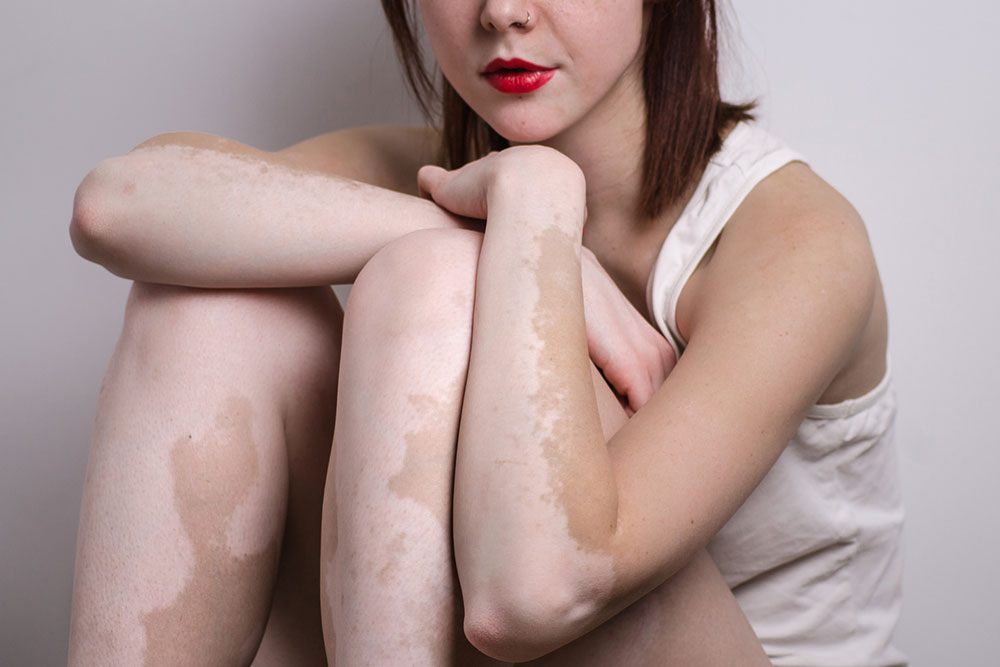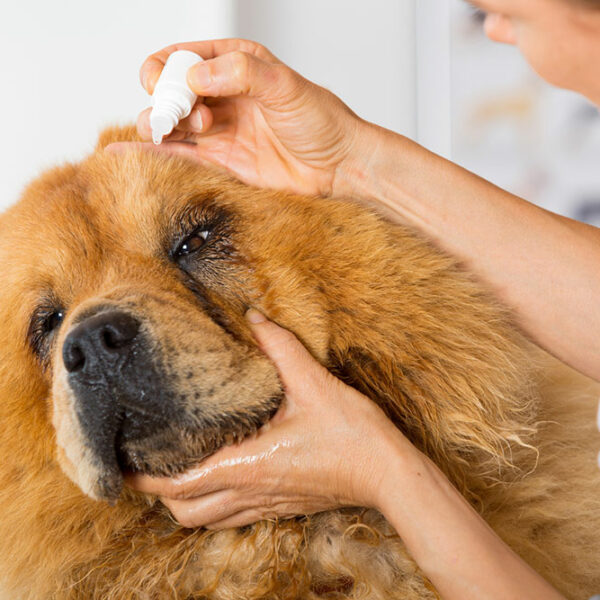
Diagnosis & Prevention
8 tips for preventing heart disease and stroke
Heart disease and strokes are serious health concerns around the world, however, 80% of premature attacks are preventable. While risk factors like genetics and age cannot be controlled, it is possible to modify one’s lifestyle to reduce the likelihood of developing heart conditions. It is important to start developing these habits as early as possible to lead a longer and healthier life. Here are eight things one can do to prevent ailments of the heart: Eat healthier Adding foods like vegetables, fruits, legumes, whole grains, nuts, plant-based proteins, lean proteins, and fish to one’s meals can significantly reduce the risk of heart disease. Further, limiting the intake of refined carbohydrates, refined meats, and processed foods can help maintain optimal heart health. Exercise regularly Adults must aim for at least 150 minutes of moderate-intensity aerobic activity per week or 75 minutes of high-intensity vigorous activity per week to stay healthy and prevent diseases. Keep cholesterol in check High levels of cholesterol can clog the arteries and increase the risk of coronary artery disease and heart attack. Lifestyle changes and treatment plans as advised by the doctor can help lower cholesterol levels and stay healthy. Manage diabetes Having diabetes doubles the risk of having diabetic heart disease because high blood sugar can damage blood vessels and nerves around the heart. It is important to get tested for diabetes and to keep it in check. Get enough sleep Not getting a healthy amount of sleep (7–9 hours for adults) also increases the risk for high blood pressure and diabetes, which can result in heart disease. One should consult their doctor in case they face issues with getting adequate sleep. Manage stress High blood pressure and stress have been linked to heart health. It is important to find ways to manage stress, which may include healthy coping mechanisms such as exercise, listening to music, treatment options, and other relaxation techniques.






